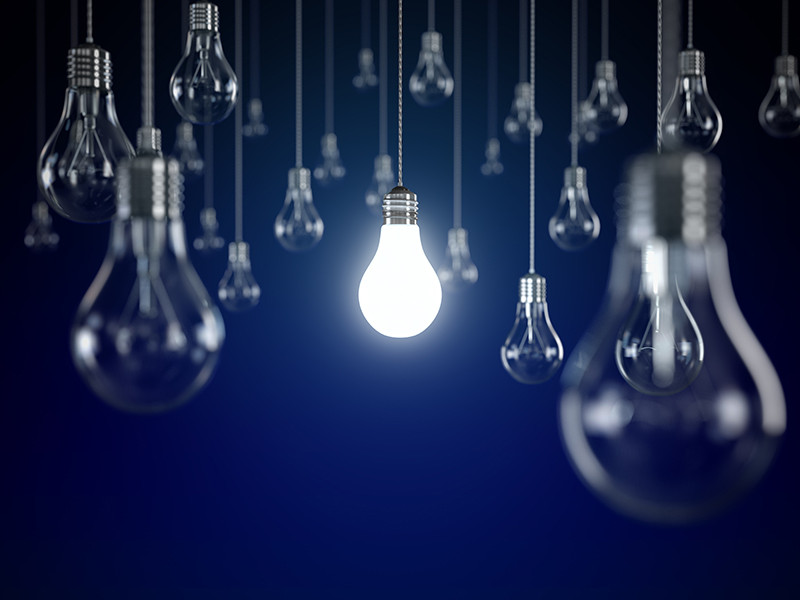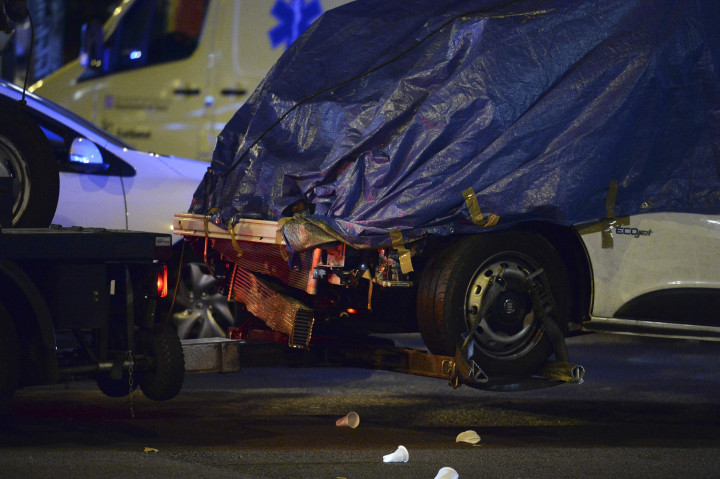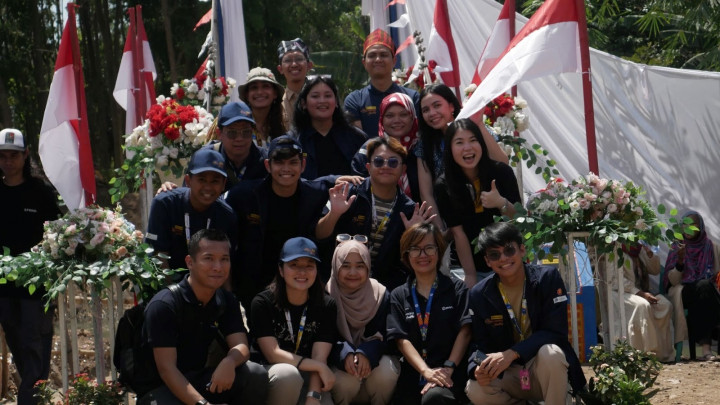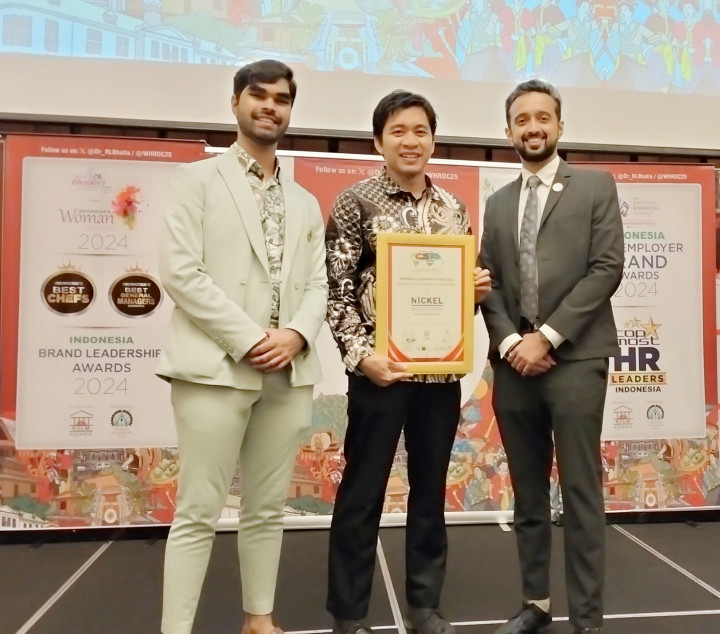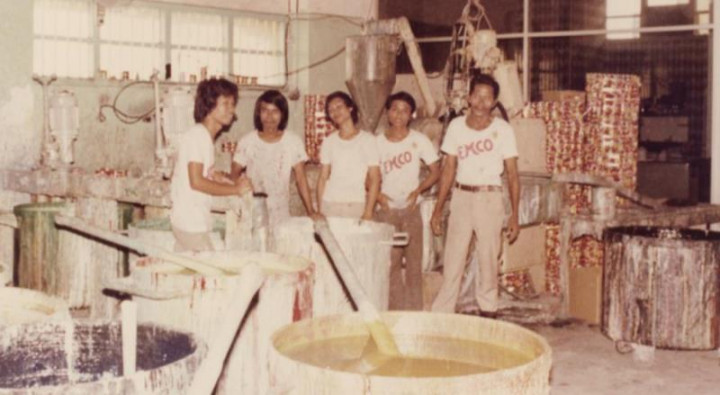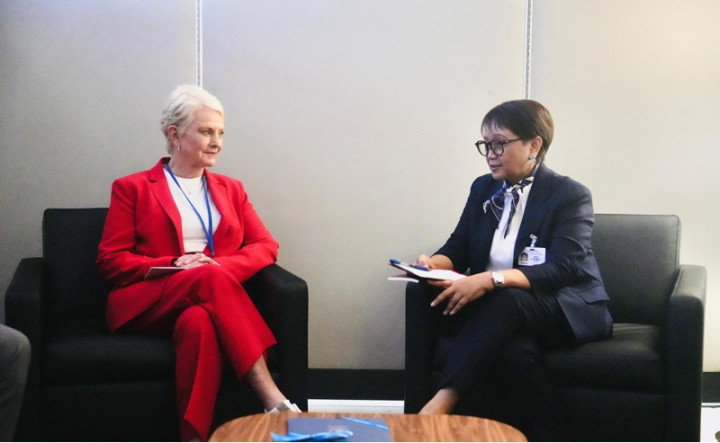Washington: The World Bank Group announced today an innovative initiative to accelerate the pace of electrification in Africa to achieve universal access by 2030.
The World Bank, the Multilateral Investment Guarantee Agency (MIGA), the International Finance Corporation (IFC), and other development agencies will promote private investment in distributed renewable energy (DRE) systems to electrify targeted areas quickly and efficiently.
The Distributed Access through Renewable Energy Scale-Up Platform (DARES) calls for joint action by government, private investors, and development agencies to solve Africa’s immediate needs while developing DRE solutions that can be applied globally.
"Now more than ever we need innovative solutions that close the energy access gap," said Riccardo Puliti, World Bank Vice President for Infrastructure in a media release on Wednesday.
"Bringing together government and the private sector to support distributed renewable energy can help extend electrification to the most vulnerable while also advancing clean energy," Puliti added.
At current rates of electrification, over a half billion people in Sub-Saharan Africa (SSA) will still be without electricity in 2030 unless the current electrification pace is tripled. Present projections indicate that only eight SSA countries will achieve universal electricity access by 2030, and some will take over 100 years to fully electrify. The lack of energy access greatly inhibits green, resilient, and inclusive development of many countries in SSA. The expansion of access through DRE systems will answer an urgent need quickly and support climate resilience, food security, and human capital development goals.
DRE systems generally involve a solar photo-voltaic station paired with battery storage. In rural communities, these systems can serve a health care facility, for example, or a group of customers such as households or businesses in a village, operating independently from the national power grid. DRE systems can be easily installed, are reliable, and do not require the large investment needed to build a utility-scale power plant.
DRE is the fastest and most cost-effective mechanism to accelerate clean electricity access on the continent. Over the last 10 years, 20 percent of all new electric connections in SSA have been through DRE systems. While DRE is now attracting private sector financing, this support is not at the scale that is needed.
DARES will leverage this positive momentum to work with governments and the private sector to expand DRE investment. The World Bank Group is well-positioned to take the lead in scaling the DRE sector in SSA, using a different approach from traditional infrastructure investments to incentivize private financing commitment.
Cek Berita dan Artikel yang lain di Google News
FOLLOW US
Ikuti media sosial medcom.id dan dapatkan berbagai keuntungan
